Steve Jobs believed that technology should be simple, elegant, and accessible to everyone. His passion for clean design led Apple to create products that feel intuitive and seamless, shaping how you interact with devices today. Apple’s minimalist approach, guided by Jobs, set a new standard for design—not just in looks, but in how technology fits effortlessly into your daily life.
You’ll notice Apple’s emphasis on simplicity in everything from the polished look of an iPhone to the clarity of its software interfaces. Jobs’ focus on functionality and refined aesthetics inspired not only the tech industry but also influenced design across fields like fashion, automotive, and architecture.
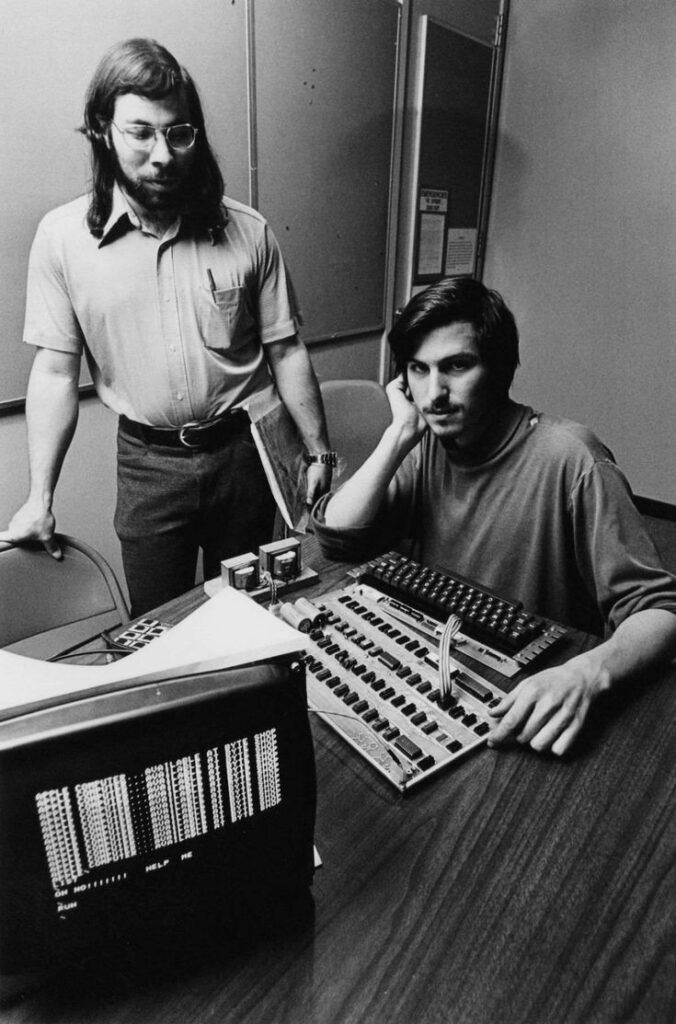
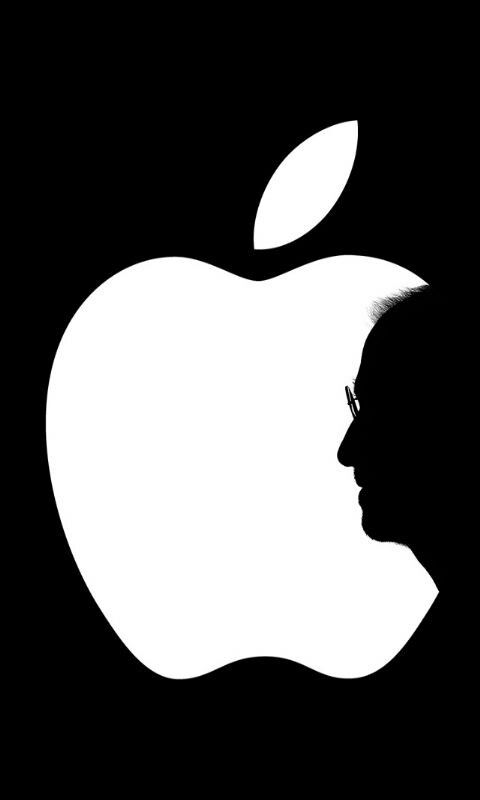
Key Takeaways
- Steve Jobs championed minimalism, making technology user-focused and beautiful
- Apple’s design principles have influenced products and industries worldwide
- Clean, functional design is now central to how you experience modern technology
Steve Jobs’ Vision for Minimalism
Steve Jobs believed that technology should be approachable and uncomplicated, with every detail serving a purpose. His approach to minimalism shaped the way devices look, feel, and function, influencing not only Apple but also the broader tech industry.
Foundations of Simplicity and Elegance
Jobs’ emphasis on simplicity wasn’t just about clean visuals—it impacted how you interact with technology. He believed in removing unnecessary features, stripping away clutter, and focusing on what matters most. For Jobs, “simple can be harder than complex,” and he pushed his teams to build products that are intuitive and easy to use.
A product’s exterior, according to Jobs, is just as important as its internal components. You can see this in Apple’s devices, which prioritize both aesthetic beauty and functional elegance. Attention to every button, curve, and interface detail ensures that what you hold in your hands feels deliberate and refined.
Jobs championed the idea that design should serve the user, not get in the way. This philosophy drove consistent improvements in user interface and experience, echoing through each generation of Apple products you see today.
Influences: Buddhism, Architecture, and Industrial Design
Jobs’ approach to minimalism was heavily shaped by a mix of spiritual and design influences. His study of Buddhism introduced the value of focus and simplicity, teaching you to appreciate the essence without distraction. This discipline is reflected in Apple products—where clarity and utility take center stage.
He also admired architect Frank Lloyd Wright, who designed spaces with harmony and simplicity at their core. Wright’s influence can be found in Apple stores, which emphasize openness, clean lines, and natural materials. Jobs drew on lessons from industrial designers like Dieter Rams, whose “less, but better” mantra matched Jobs’ drive for minimalism and clarity.
By combining these influences, you end up with technology that avoids confusion and instead promotes calm, focused interactions. The result is an unmistakable aesthetic that feels peaceful and functional.
Defining the Design Philosophy at Apple
At Apple, Jobs made minimalism a core principle—ingrained not just in the hardware, but in every user touchpoint. He famously scrutinized prototypes, demanding simplicity both inside and out. Apple’s design teams pared products down to their essentials, striving for products that look clean without sacrificing performance.
You see these decisions in the original iMac, iPhone, and iPad. Complex controls and extra features were ruthlessly removed so that your first experience is easy and even enjoyable. The single button on the early iPhone embodied this thinking—reminding you that simplicity can feel powerful and modern.
Jobs’ attention to detail set a high standard that other companies soon copied. Apple’s strict, minimalist aesthetic inspired an entire industry to pare down devices and focus on what’s essential for you, rather than what’s impressive on paper.
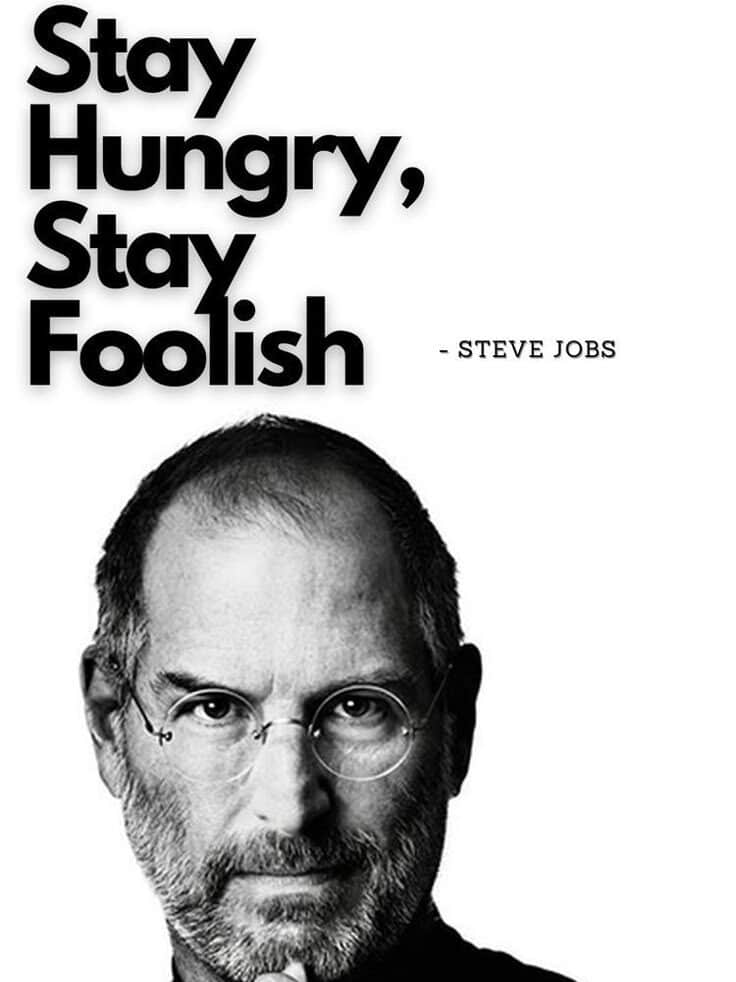
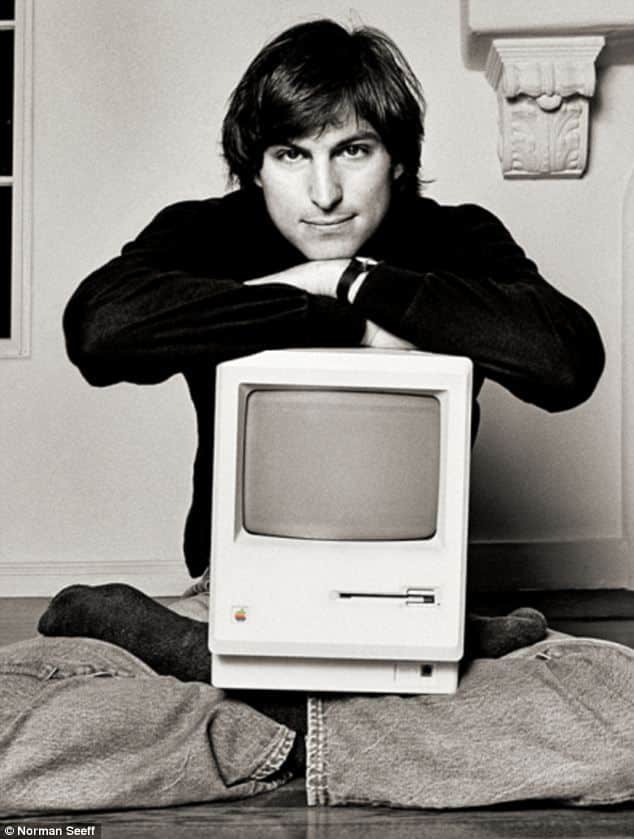
Core Principles Shaping Apple’s Clean Design
Apple’s signature approach blends constant refinement, human-centered thinking, and focus on real-world usefulness. Each principle guides how Apple shapes experiences that feel simple and intuitive while staying grounded in clear purposes.
Perfection Through Iteration
Apple is known for its commitment to perfection through relentless iteration. Steve Jobs pushed teams to revisit and refine ideas until every detail was precise. Instead of launching features quickly, you’d find Apple repeatedly testing, tweaking, and reworking designs to get them exactly right.
You can see this in their product timelines: iPhone prototypes underwent dozens of redesigns before the first model reached your hand. Design teams use feedback loops, making small adjustments after every round. The aim isn’t just change, but meaningful improvement with each cycle.
This process creates polished products. For Apple, iteration isn’t wasted effort—it’s how they approach perfection. By valuing refinement over speed, you end up with devices that look and feel considered from every angle, not rushed or unfinished.
User-Centric and User-Friendly Approaches
At the heart of Apple’s design philosophy is a focus on you, the user. Unlike many tech companies that overload you with features, Apple aims to make technology feel approachable and intuitive. Products are designed around behaviors and habits of everyday users, not engineers or tech experts.
Interface elements are clean and uncluttered, with icons and layouts that are easy to navigate. Every button, gesture, and screen is crafted to be as obvious as possible. As a result, usability is a core value, letting you accomplish tasks with minimal confusion or extra steps.
Apple’s accessibility features—like VoiceOver and simple setup processes—show their dedication to all users. The goal is for anyone, regardless of background, to pick up a device and feel comfortable right away.
Focus on Functionality
Minimalist aesthetics at Apple are never just for show. The design always serves a purpose, with every element needing a reason to exist. Extraneous features are stripped away so you interact only with what truly matters.
You could look at the early iPod’s click wheel or the single button on the original iPhone as examples. Both illustrate a commitment to function over form: design simplifies complex technology until it feels effortless.
Apple’s hardware and software work seamlessly together by prioritizing key features. This focus on functionality ensures your experience is as straightforward and reliable as possible, not muddled by unnecessary complexity.
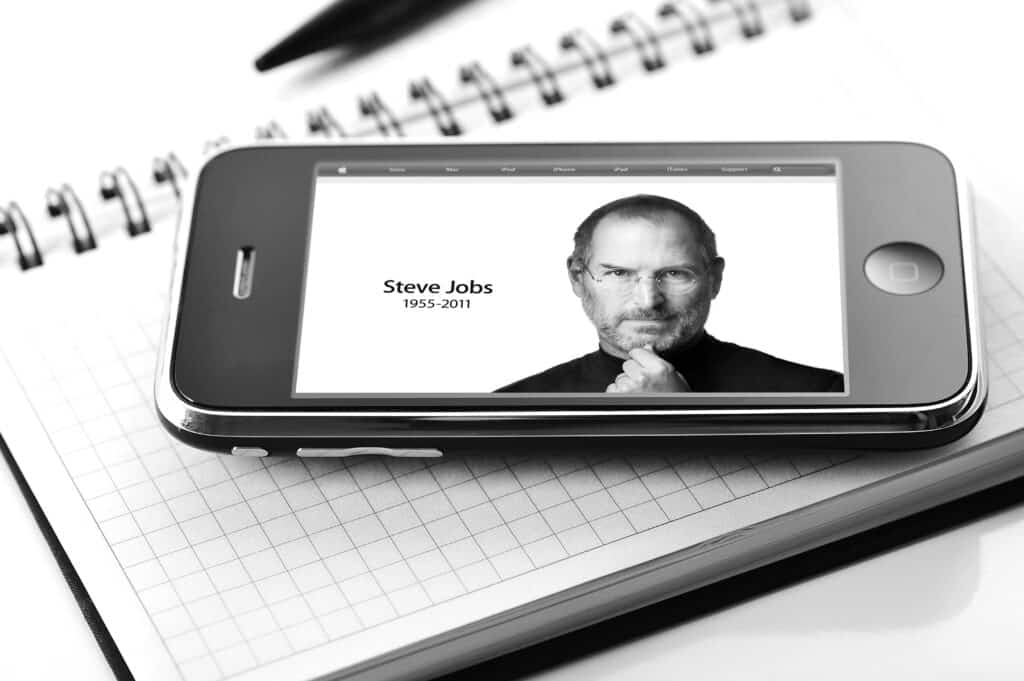
Iconic Products Exemplifying Minimalist Design
Apple transformed hardware aesthetics by focusing on simplicity, clarity, and usefulness. Clean lines, restrained colors, and a reduction of extraneous elements set many Apple products apart from their peers.
From the Macintosh to the MacBook Air
Your understanding of computer design shifts when you look at the original Macintosh, released in 1984. Its all-in-one form, with minimal buttons and a built-in handle, emphasized simplicity and approachability.
Apple refined this philosophy over decades. The MacBook line, especially the MacBook Air, took things further by eliminating visual clutter and reducing thickness. The 2008 MacBook Air stunned many with its slim, unibody aluminum chassis and sparse keyboard layout.
Minimal ports, a simple trackpad, and no visible screws echoed Jobs’ belief that the best design is invisible. These choices may seem small, but they streamlined your experience and set new standards for laptop design across the tech industry.
Revolutionary Devices: iPod and iPhone
The iPod didn’t just change music—it changed how you interact with devices. Its iconic click wheel let you control thousands of songs using a single interface, and its clean white facade became instantly recognizable.
When the first iPhone arrived in 2007, it eliminated physical keyboards and most buttons, replacing them with a full touchscreen. Apple used a single home button, clear icons, and simple gestures.
You could easily understand and use the product without a manual. This approach made the iPhone accessible to more people and influenced the look and feel of nearly every phone that followed.
Modern Innovations: Apple Watch and iMac
Apple continued its minimalist legacy into the era of wearables and all-in-one desktops. The Apple Watch, first released in 2015, is free from unnecessary buttons or markings. Its clean display and digital crown combine looks with intuitive control.
Similarly, recent iMac models are known for their thin profiles and integrated stands. You see almost no seams or visible screws, and the device feels like a single, flowing surface.
These newer products keep functionality at the center while reducing complexity. Every visible element exists to serve a purpose, closely reflecting Steve Jobs’ insistence on balancing form and function.
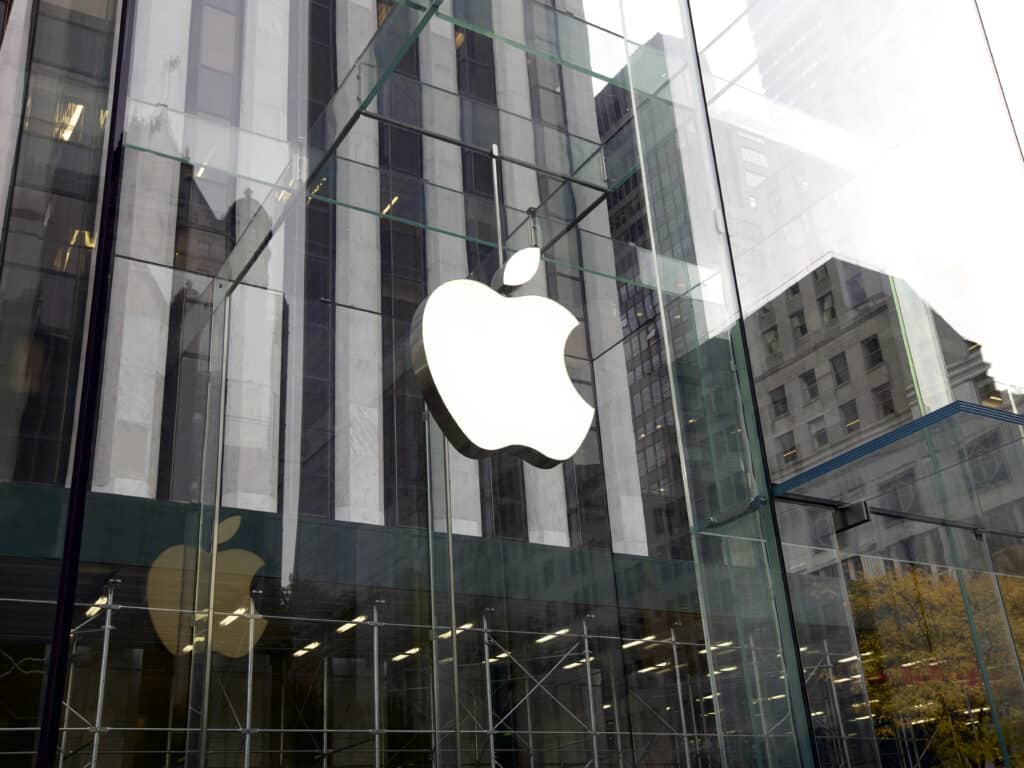
Design in Hardware, Software, and Beyond
Apple’s design approach touches every aspect of your experience, from the devices in your hand to the environments you shop in. Steve Jobs insisted on simplicity and clarity, setting a standard for seamless integration, visual coherence, and brand atmosphere.
Seamless Integration of Hardware and Software
Apple stands apart because your device’s hardware and software are engineered to work hand in hand. This tight integration makes features like Handoff, AirDrop, and Face ID work reliably right out of the box. You never have to manage drivers or worry about whether updates will cause compatibility issues—the system just works as a whole.
Even in design, Apple’s software and hardware feel cut from the same cloth. Rounded app icons mirror the corners of your iPhone display, and intuitive gestures match the device’s physical feel. This approach minimizes friction and helps you focus on using your device instead of managing it.
With seamless integration, everything from the Mac’s trackpad gestures to the iPhone’s camera modes operates smoothly, creating a unified user experience.
Aesthetic Consistency and Clean Lines
When you pick up an Apple device, every detail is intentional. The use of aluminum, glass, and subtle colors gives your MacBook, iPhone, or iPad a sense of weight and permanence. Clean lines, minimal buttons, and thin bezels make each product both recognizable and visually calming.
Apple’s design language extends inside its software too. Apps follow consistent spacing, simple color palettes, and uniform iconography. Menus aren’t cluttered, and unnecessary elements are stripped away, letting you focus on what matters.
This clean aesthetic doesn’t just look good—it reduces cognitive overload and helps you get work done faster. The unified style also stretches into related areas, influencing architecture and even packaging.
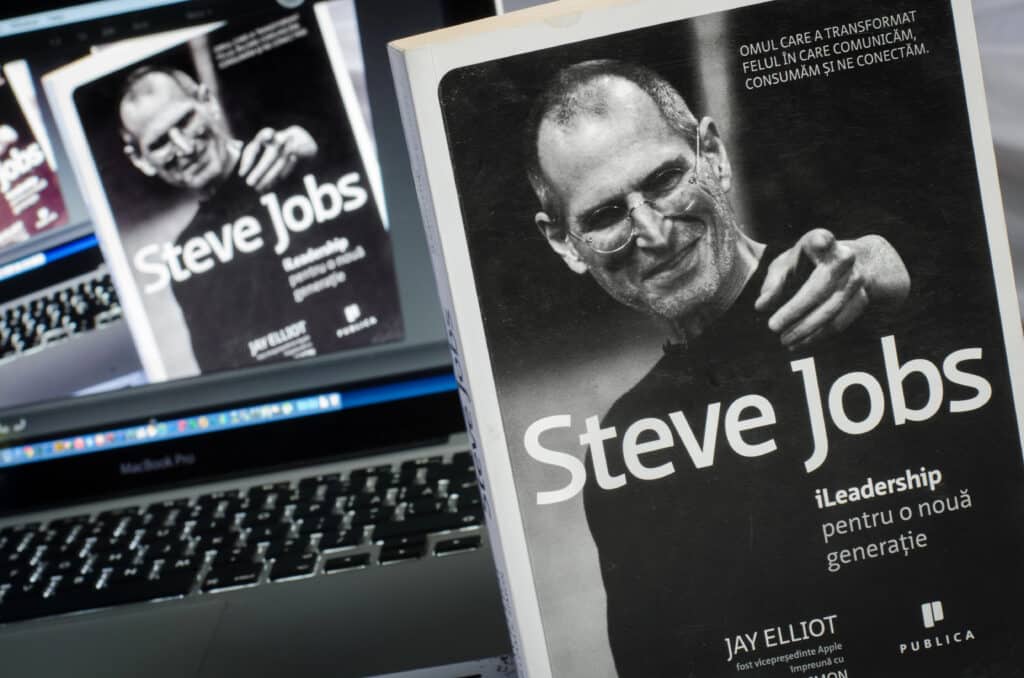
The Apple Store and Brand Identity
Walking into an Apple Store, you notice the same careful aesthetic that defines the company’s hardware and interfaces. Open spaces, clean materials, and simple product displays let you interact directly with devices without distractions.
Tables are lined with products you can test, and minimal signage keeps the focus on the technology. Every surface—from the oak tables to the glass staircases—is selected for its quality and clarity.
The cohesive design of each store reinforces Apple’s brand identity. This attention to architecture and retail detail signals that your experience with Apple products begins before you even make a purchase. The environment reflects Apple’s values: simplicity, transparency, and innovation.
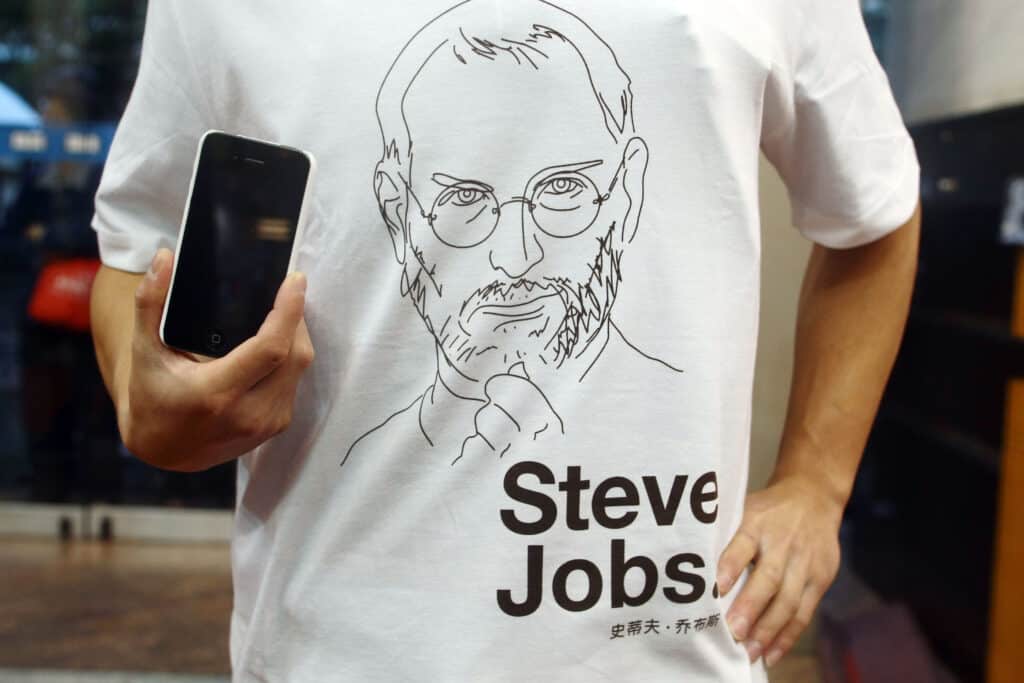
Enduring Impact on Technology and the World
Steve Jobs’ minimalist approach did not just give Apple a unique style—it set new standards for technology, user experience, and product design across the entire industry. The clean design language that began at Apple has become a benchmark for innovation, shaping both how products are developed and how they are used today.
Revolutionizing the Tech Industry
When Jobs pushed for simplicity, he challenged established norms across the tech industry. Apple’s focus on clean lines, uncluttered interfaces, and essential functionality forced competitors to rethink their own approaches. You can see the results in how slim and lightweight modern devices are compared to their predecessors.
Minimalism also accelerated innovation by shifting attention from hardware complexity to seamless integration between hardware and software. This change helped launch product categories like smartphones, tablets, and wearables. The emphasis on essential features over excess has become an expectation for new devices, setting a higher bar for both form and function.
Apple’s design leadership also made design excellence a key competitive advantage. Today, companies across technology—from startups to giants—reference Apple’s methods when developing their own products.
Shaping User Expectations for UX
Your experience with technology today has been strongly molded by Jobs’ belief in intuitive, easy-to-use products. Before Apple championed user-centric design, interfaces were often cluttered and confusing. With devices like the iPhone and iPad, the focus moved to clean layouts, simple navigation, and immediate accessibility.
This influence can be seen in how users now expect smooth, responsive interfaces and logical workflows. Features like touch gestures, minimal icons, and straightforward menus have become universal. Apple’s push for “it just works” raised the baseline for user experience, influencing not only consumer electronics but also web and software design.
You’ll notice that minimalist UX is now essential for any successful product. Companies invest heavily in usability testing, seeking the clarity and simplicity that Apple championed. The ripple effect extends to tech education, digital tools, and even non-tech industries that emphasize frictionless interaction.
Apple’s Influence on Modern Product Lineups
Look at the current lineup from almost any major technology brand, and you’ll spot echoes of Apple’s clean design language. Minimalism is visible in everything from laptops to smart home devices, with sleek lines, restrained color palettes, and pared-down interfaces taking priority.
Apple set a template by refining product categories to their essentials—think of the unified look across MacBooks, iPads, and iPhones. This approach influenced how companies like Samsung, Microsoft, and even furniture and automotive brands present their technology.
Companies now often create families of products that share cohesive aesthetics and functional consistency. For you, this means greater ease when moving between devices, as shared design principles make learning and use simple across the board. Apple’s innovation has helped establish “simple is better” as a rule, shaping countless product decisions worldwide.
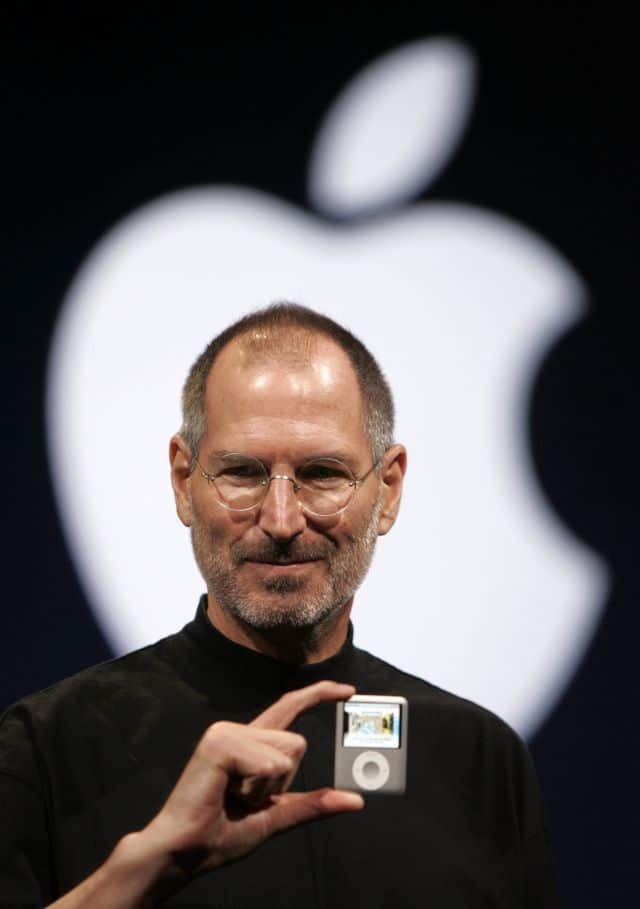
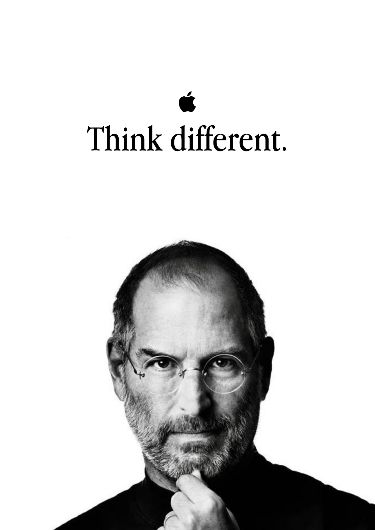
Leadership, Philosophy, and Legacy
Steve Jobs influenced not only product design, but also how teams worked together and paid attention to the smallest details. His approach connected ambition with a focus on elegant, user-friendly technology.
Collaboration with Steve Wozniak
You can see one of the clearest examples of productive partnership in the early days of Apple. Steve Jobs and Steve Wozniak brought different strengths: Jobs provided vision and drive, while Wozniak supplied technical expertise.
Jobs helped turn Wozniak’s inventive prototypes into consumer products by emphasizing simplicity and user experience. The Apple I and Apple II combined functional engineering with thoughtful design, setting a standard for future products.
This collaboration showed how effective leadership can bring together creative minds. Jobs constantly pushed to refine ideas into products that felt approachable. Without this teamwork, the clean, minimalist devices Apple became known for might never have reached a wider audience.
The Role of Attention to Detail
Jobs insisted on a rigorous attention to detail that shaped every Apple product. It wasn’t just about how things looked, but how they worked and felt in your hand.
He often explored product interiors, demanding order and beauty even in unseen places. Jobs famously stated, “Design is not just what it looks like and feels like. Design is how it works.”
Under his leadership, this attitude impacted everything from hardware finishes to software icons. You can spot Apple’s legacy in the way modern devices emphasize clarity, lack of clutter, and intuitive operation. This focus on detail helped set Apple apart, influencing design standards across the tech industry.
- 15shares
- Facebook0
- Pinterest15
- Twitter0
- Reddit0













